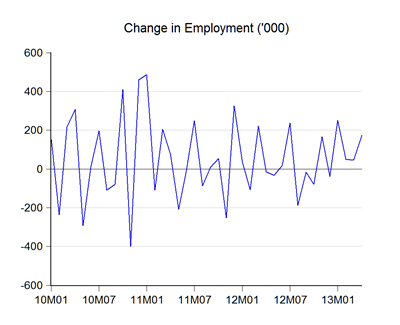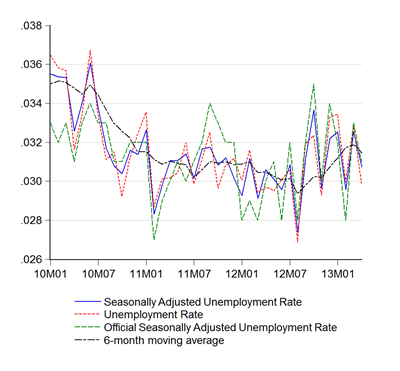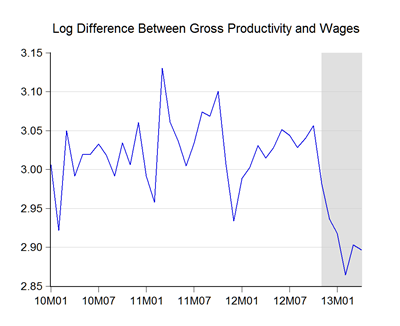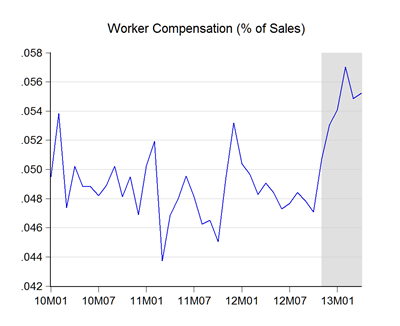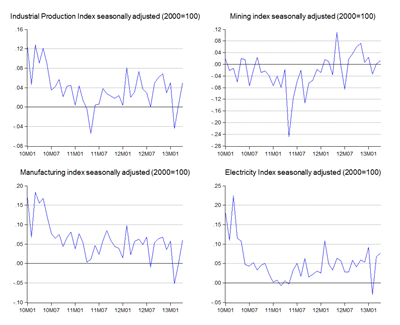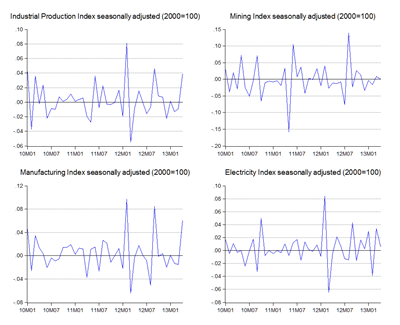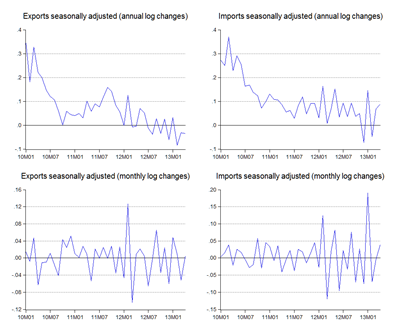The Bank of International Settlements (BIS) is the oldest multilateral financial institution currently in existence – it acts as a clearing house for national level central banks, much as central banks perform the same function within their own jurisdictions. What the BIS says tends to resonate as well as reflect what central bankers think – unfortunately.
The analysis accompanying the latest BIS annual report has Ryan Avent (prolific blogger and The Economist magazine’s economics correspondent for the US) up in arms (excerpt):
The twilight of the central banker
THE Bank for International Settlements is known as the central bank to central banks. It shouldn't be surprising, then, if the misjudgments common to central bankers are occasionally distilled in BIS analysis into a somewhat curious view of the global economy: one in which heroic, blameless central banks have done their utmost to keep the world economy afloat, in the face of ceaseless governmental incompetence and despite a constant bombardment of baseless outsider criticism. The ability of central bankers to bandage over the harm inflicted by bumbling politicians is limited, warns the BIS in its latest annual report. Unless the world embraces the sober leadership of the wise central banker disaster looms.
The annual report is a remarkable document, one which might well come to serve as the epitaph for an era of central banking spanning the Volcker disinflation and the Great Recession—the epoch of the central banker as oracle, guru, maestro. If the end of this era is upon us, we can credit a series of revelations: that central bankers learned the lessons of economic history less well than they'd thought, that they displayed an unfortunate tendency to set aside economic rigour in favour of an obsessive focus on price stability, and (perhaps most importantly) that they are in more need of democratic accountability than is often assumed. Above all, the report captures what may be the most critical error of the modern central banker: eschewing a focus on his proper domain—demand stabilisation—in favour of an arena in which he has no business sticking his nose—the economy's supply side...
This is one of the longest posts that I’ve seen RA write, and the resulting commentary much more thoughtful than the usual. Recommended as a good read, and a summary of the current debate on the role of central banks in an economy.
(H/T Brad De Long)
